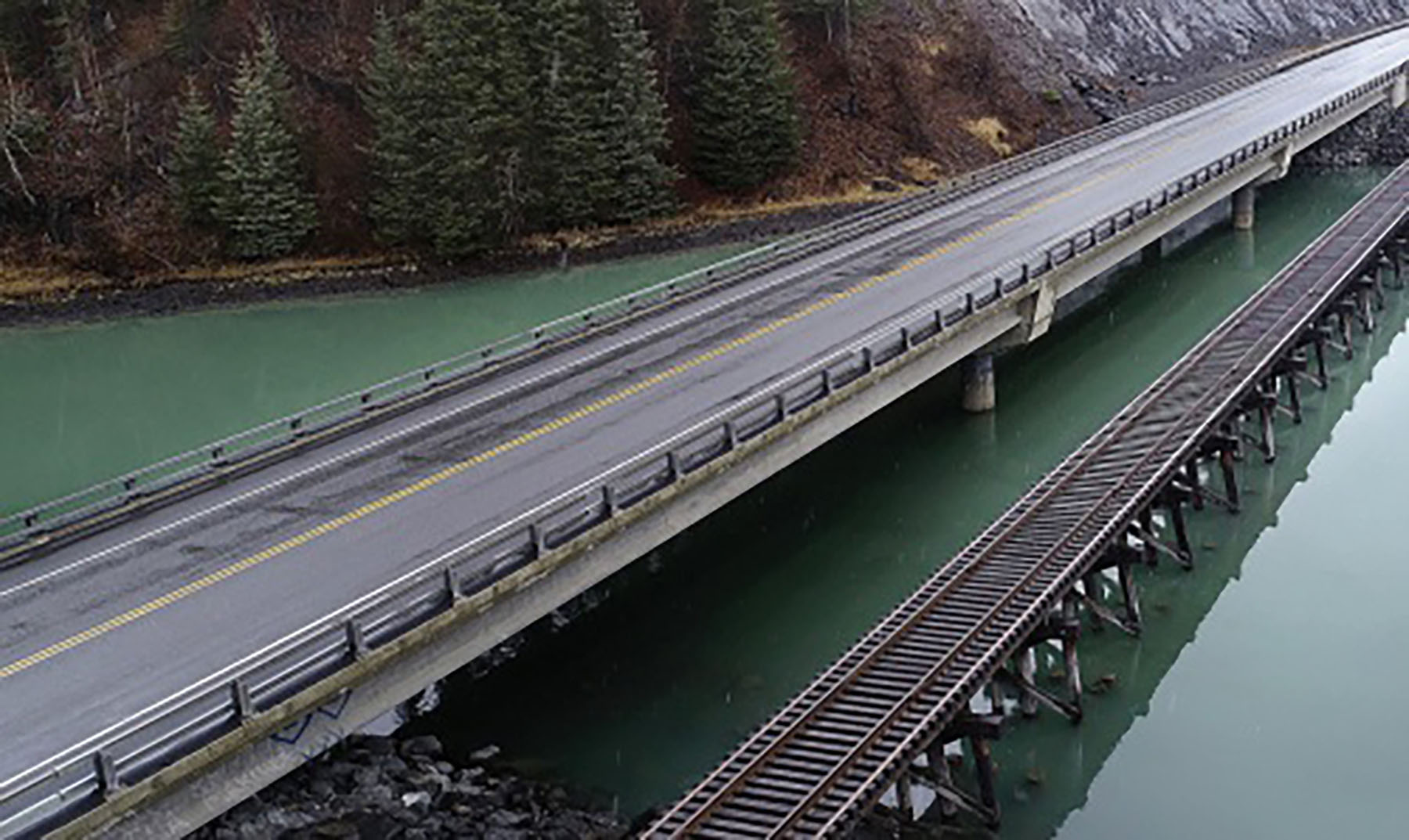
By Matt Fogleson
The drive toward net-zero carbon emissions in the U.S. transportation sector is shifting into a higher gear.
The sector is responsible for about a third of the nation’s greenhouse gas emissions, according to the U.S. Department of Transportation. With a goal for the country’s transportation to be net zero by 2050, it is critical to find strategies that will move the country in that direction.
The DOT released a plan to Congress in July that relies on the U.S. National Blueprint for Transportation Decarbonization, which was released in January 2023 and seeks to:
- Make fewer or shorter trips more convenient for people
- Improve efficiency
- Transition to clean mobility options
Making life convenient
The DOT says better land-use planning will bolster convenience by improving access to job centers, schools, shopping, and other essentials for those in residential areas. Supporting transit-oriented development and closing gaps for pedestrians and cyclists are also key steps.
“The design of our cities, towns, suburbs, and neighborhoods and investments in transportation infrastructure like highways, streets, bike lanes, and railways heavily influence travel behavior and mode choices, which in turn impacts total miles traveled and resulting emissions,” according to the DOT plan. “Historical system-level decisions have led to an over-reliance on driving, contributing to poor air quality, outsized GHG emissions from transportation, and significant household expenditures to purchase and maintain private vehicles.”
Further reading:
- In transition to zero-emission buses, California shows how to clear hurdles
- US emissions decline, but work remains, federal study says
- How engineers are helping cities seek zero emissions
The DOT can help foster change in this area. To receive federal funding for transportation projects, states and metropolitan planning agencies must follow planning regulations set forth by the Federal Highway Administration and the Federal Transit Administration, both under the DOT umbrella. Among these regulations are requirements that relate to improving quality of life and local planning growth.
Better movement of goods through improvements to the supply chain and freight delivery also fall in the convenience area, according to the DOT plan.
A matter of efficiency
Public transit investment and vehicles with better fuel economy are among the strategies outlined in the DOT plan to make the transportation sector more efficient.

Public transit saved 63 million metric tons of carbon dioxide equivalent emissions in 2018, according to the DOT. That would be roughly equal to taking 16 coal power plants offline for a year. Even more can be done, particularly with the $91 billion made available for public transit from the Infrastructure Investment and Jobs Act, which passed in 2021.
“DOT and the FTA are working to maximize the impact of this historic investment,” the DOT plan says of the law, which was the biggest investment in transit in U.S. history.
One approach that helps states, cities, and tribes complete transit projects involves flexible funding. Situations arise in which these entities have FHWA funds that they want to use toward public transportation projects, for example, but may encounter trouble accessing the funds for these projects because of processes and requirements more suitable to large-scale highway projects.
In such cases, these recipients may be able to transfer the funds from FHWA programs to FTA public transportation programs.
The IIJA also provides $61 billion for passenger rail, with $36 billion of that going to Amtrak and the Federal-State Partnership for Intercity Passenger Rail. This money goes toward projects that expand or establish new intercity rail service, improve performance, or reduce repair backlog.
The DOT also is acting on fuel efficiency. Over the summer, the National Highway Traffic Safety Administration finalized new standards. For gas-powered passenger cars, fuel economy will increase 2% per year from 2027 to 2031; light trucks will see fuel economy rise 2% per year from 2029 to 2031. This means that by 2031, the average light-duty vehicle fuel economy will be more than 50 mpg.
For heavy-duty pickup trucks and vans, fuel efficiency will rise 10% per year from 2030 to 2032 and 8% per year from 2033 to 2035. This will bump these vehicles’ average fuel efficiency to about 35 mpg.
The Federal Aviation Administration also is doing its part, working to curb emissions from airplanes. The agency released a final rule earlier this year that would curb carbon pollution emitted by most large planes in U.S. airspace. The rule requires airplanes made after Jan. 1, 2028, to incorporate improved fuel-efficient technology.
The move to clean mobility
Having sufficient electric vehicle charging stations is critical if a full-scale shift to EVs is to become reality. The FHWA is implementing two programs to help this, both established by the IIJA.
The National Electric Vehicle Infrastructure program makes available $5 billion to states to build a national EV charging network. The Charging and Fueling Infrastructure discretionary grant program provides $2.5 billion to states and local governments for EV charging and for hydrogen, propane, and natural gas fueling infrastructure.

The FTA, meanwhile, is setting the stage to transition the U.S. transit fleet to zero-emission, American-made vehicles, with a target of increasing the number of zero-emission buses in the national fleet by 450% by 2030.
Other steps toward clean mobility include decarbonizing maritime shipping by requiring vessels to use zero- or near-zero-emission fuels; improving production and availability of sustainable aviation fuels, which are made from biomass or waste materials; and increasing the number of pipelines that are used to transport sustainable liquid fuels.
“Climate change impacts are projected to worsen, and inaction would result in substantial costs,” the DOT report says. “DOT has committed to rapidly decarbonizing the transportation sector while achieving a clean, safe, secure, accessible, affordable, and equitable transportation system for everyone.”



